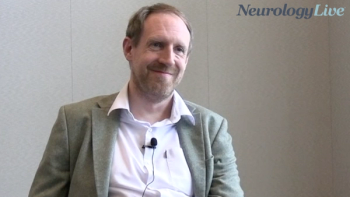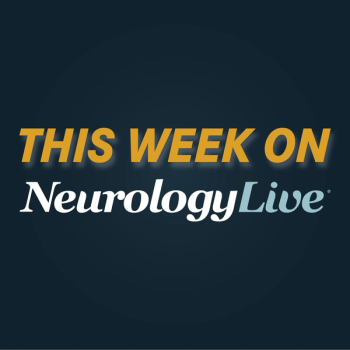
Enhancing Digital Cognitive Assessment for Mild Cognitive Impairment With Acoustic Metrics: Tanya Talkar, PhD
The senior data scientist at Linus Health discussed how acoustic and speech-based metrics can be used to capture subtle cognitive signals during neuropsychological assessments. [WATCH TIME: 6 minutes]
WATCH TIME: 6 minutes
"Altogether, combining the motor aspect with these pause- and timing-based metrics and language aspects of the task itself, we're able to form a more complete picture that can augment the score and understand not just what the patient is saying, but also how they're saying it in the assessment itself.”
Current diagnostic guidelines for mild cognitive impairment (MCI) and Alzheimer disease (AD) rely on confirmed evidence of cognitive decline. Although conventional neuropsychological testing provides a thorough evaluation, it can be time-consuming, potentially hindering early detection and delaying diagnosis, factors that may limit timely access to new treatment options for patients. In a recently presented exploratory study, researchers investigated the utility of the remote Digital Assessment of Cognition (rDAC; Linus Health) and automatically extracted traditional, process, and acoustic metrics to discriminate between patients with unimpaired cognition, MCI, and dementia.1
Presented at the
At the conference, Talkar spoke with NeurologyLive® to further discuss how acoustic metrics such as speech motor function, timing, and language processing can be integrated into neuropsychological assessments to identify subtle cognitive changes. In the conversation, she emphasized the need for these digital process metrics to be interpretable, validated, and accessible, ensuring they complement existing clinical tools rather than overburden workflows. During the interview, Talkar also addressed technical challenges, including adapting automatic speech recognition tools as well as ensuring parity between in-clinic and remote assessments across diverse patient populations.
REFERENCES
1. Talkar T, Schulman DJ, Libon DJ, et al. Identification of Mild Cognitive Impairment with Traditional, Process, and Acoustic Metrics Derived from the Digital Assessment of Cognition. Presented at: 2025 Alzheimer’s Association International Conference; July 27-31; Toronto, Canada.
Newsletter
Keep your finger on the pulse of neurology—subscribe to NeurologyLive for expert interviews, new data, and breakthrough treatment updates.































